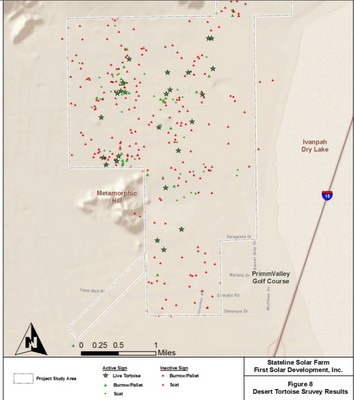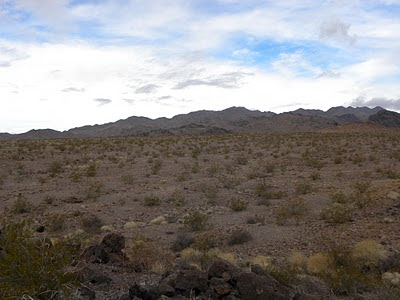Salazar Visits Ivanpah

Secretary Salazar today visited the Ivanpah Valley to view the construction of First Solar's Silver State solar project. Department of Interior has only approved the first phase so far -- little less than a square mile -- but First Solar has asked for Secretary Salazar's blessing to expand the project to over 10 square miles in a second phase. If this is approved, First Solar's project would kill or displace endangered plant and wildlife, and block a north-south wildlife corridor connecting desert habitat in Nevada with the Mojave National Preserve to the south in California. First Solar also wants to build another facility in the Ivanpah Valley -- the Stateline solar project -- which would decimate up to 3.4 square miles of habitat for the threatened desert tortoise. It's unfortunate that Secretary Salazar and First Solar think they are doing the country a favor by destroying beautiful public land when we can generate clean energy and create green jobs much mo






